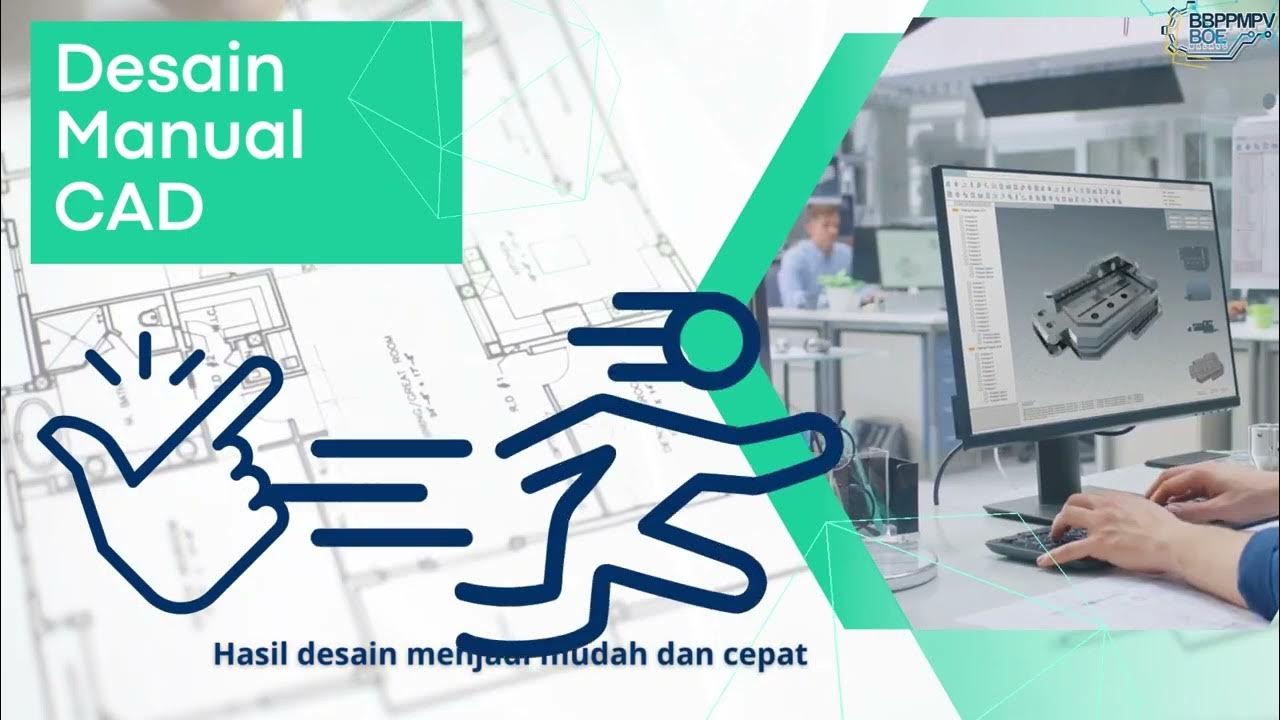Sky News: Outsourcing Cloud Computing & Infrastructure | Brennan IT
Summary
TLDRThe video discusses the evolving landscape of business outsourcing, focusing on its transformation from a cost-saving tool to a strategy for innovation and business efficiency. Experts highlight how technologies like cloud computing make outsourcing IT functions more appealing, with businesses increasingly outsourcing non-core tasks while keeping control of key business elements. Concerns from employees about job security persist, but companies now seek innovation, improved service delivery, and long-term business transformation rather than just cost-cutting. The panel emphasizes that outsourcing decisions should align with a company's overall business strategy.
Takeaways
- 💼 Outsourcing is increasingly accepted in Australia, especially as businesses recognize benefits beyond cost savings.
- 🤖 Technologies like cloud computing are enabling more effective outsourcing, particularly in IT functions.
- 👥 Outsourcing 2.0 is transforming from just cost efficiency to focusing on innovation, business transformation, and service delivery.
- 😨 While staff may fear outsourcing, businesses see opportunities for smaller niche operators and business optimization.
- 📊 Outsourcing is driven by business strategy alignment, skill gaps, and sometimes full employment, rather than just cost-cutting.
- 🔄 Some businesses are adopting hybrid models, keeping certain key activities in-house while outsourcing other functions.
- 🌐 Cloud computing has changed how outsourcing contracts work, allowing more flexibility and transformation of infrastructures.
- 🔧 Many companies still prefer to keep control of core business applications in-house, outsourcing only commoditized functions like hardware management.
- 🏢 Smaller companies tend to outsource more, whereas larger businesses may only outsource non-core functions.
- 📈 Businesses must carefully evaluate whether processes are core competencies before deciding to outsource, ensuring the function can be standardized and effectively managed externally.
Q & A
What is the main concern about business outsourcing mentioned in the video?
-The main concern is that outsourcing may lead to job losses, causing discomfort among staff and managers who fear their roles could be outsourced.
How has the perception of outsourcing changed in recent years?
-Outsourcing has evolved from being seen as a cost-saving measure associated with job losses to being a tool for business transformation, innovation, and better IT services delivery.
What is 'Outsourcing 2.0' according to the panel?
-Outsourcing 2.0 refers to a new phase in outsourcing where contracts are being renewed not just for cost efficiency but for business transformation, innovation, and IT service improvements.
How do employees often feel after outsourcing has occurred?
-While there may be initial hesitation or concern, employees often feel relieved that tasks they were less skilled at or did not enjoy are now handled by experts, allowing them to focus on adding more value in other areas.
What are the primary reasons businesses consider outsourcing?
-Besides cost savings, businesses look to outsourcing to improve efficiency, gain access to specialized skills, and focus on core business strategies, especially in markets where there's a shortage of skilled workers.
What is the role of cloud computing in modern outsourcing?
-Cloud computing allows companies to outsource their hardware and software infrastructure, making the outsourcing process more cost-effective and scalable, while allowing businesses to focus on core functions.
What kind of functions are businesses more likely to keep in-house?
-Businesses tend to keep strategic functions and core business applications that offer competitive advantages in-house, while outsourcing commodity functions like infrastructure management.
How do businesses determine if a function should be outsourced?
-Businesses assess if a process can be standardized, if it's not a core competency, and if the outsourcing would lead to cost savings and better overall efficiency without compromising strategic advantages.
Why do some companies bring outsourced functions back in-house?
-Companies sometimes bring functions back in-house for more control over the outsourcing process, especially in cases where they want to manage subcontractors directly or handle specific discrete outsourcing tasks.
What factors should businesses consider when choosing to outsource?
-Businesses should consider the cost, how standardized the process is, whether it's a core competency, and how interdependent the function is with the company’s customers and overall competitive strategy.
Outlines

Dieser Bereich ist nur für Premium-Benutzer verfügbar. Bitte führen Sie ein Upgrade durch, um auf diesen Abschnitt zuzugreifen.
Upgrade durchführenMindmap

Dieser Bereich ist nur für Premium-Benutzer verfügbar. Bitte führen Sie ein Upgrade durch, um auf diesen Abschnitt zuzugreifen.
Upgrade durchführenKeywords

Dieser Bereich ist nur für Premium-Benutzer verfügbar. Bitte führen Sie ein Upgrade durch, um auf diesen Abschnitt zuzugreifen.
Upgrade durchführenHighlights

Dieser Bereich ist nur für Premium-Benutzer verfügbar. Bitte führen Sie ein Upgrade durch, um auf diesen Abschnitt zuzugreifen.
Upgrade durchführenTranscripts

Dieser Bereich ist nur für Premium-Benutzer verfügbar. Bitte führen Sie ein Upgrade durch, um auf diesen Abschnitt zuzugreifen.
Upgrade durchführenWeitere ähnliche Videos ansehen

Digital Innovation and Disruption | Bala Iyer | TEDxBabsonCollege

The TRUTH About Amazon KDP in 2024

Why Outsource?

Ep 37: Procurement transformation at Roche; an interview with Patrick Foelck (Part - 1)

Teknologi dalam Bisnis Ritel | Pengelolaan Bisnis Ritel | XII SMK/MAK

1. Techno mesin sub topik 2 1 Profesi dan Kewirausahaan
5.0 / 5 (0 votes)
